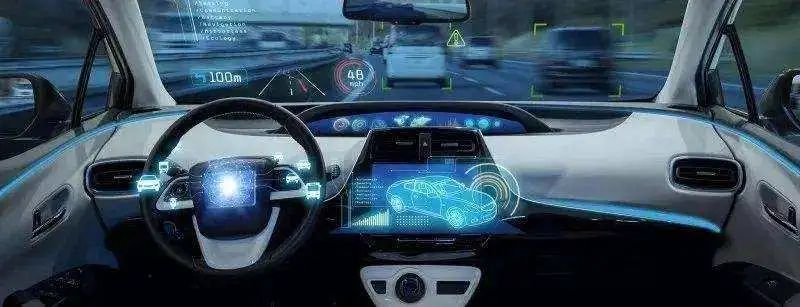Translation
As more and more new players enter the automotive industry and numerous technology companies penetrate the automotive sector, an increasing number of new technologies are being applied to cars. This trend not only makes cars smarter but also safer. When choosing a vehicle, consumers are increasingly concerned about driving assist features to fulfill their safety and comfort needs during driving.
However, consumers often find it difficult to identify the truly practical and cost-effective functions from the long list of feature items and obscure and lengthy descriptions listed on the configuration sheet. Below, I will recommend three practical functions that help us improve driving experience from three common pain point scenarios experienced by drivers.
Pain point scenario one: Ghost pedestrians
In daily urban commuting, we are invariably confronted with pedestrians or cyclists who do not follow traffic rules. These people belong to the vulnerable groups in traffic environment, and accidents caused by them can result in serious personal injury. As their actions are unpredictable, we need to be highly alert and cautious when encountering pedestrians or cyclists around us. However, it is still possible to encounter “Ghost Pedestrian” incidents when our line of sight is obstructed, which can lead to personal injury.
To reduce personal injury caused by “Ghost Pedestrian” incidents, an Automatic Emergency Braking (AEB) system is needed in the car to step on the brakes to reduce the collision speed or avoid a collision. In addition to pedestrians and cyclists, the AEB system will also detect vehicles in front in real-time to avoid rear-ending the vehicle ahead when the driver fails to react promptly in case of sudden brake or stop of the front car.
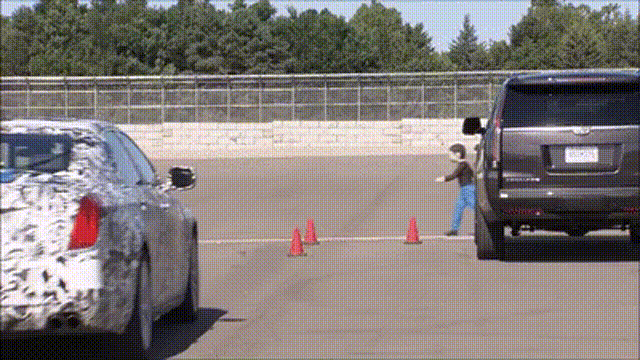
Therefore, the Automatic Emergency Braking (AEB) system is a very practical driving assist function in the face of “Ghost Pedestrian” and sudden braking problems when commuting.
Pain point scenario two: Blind spot in lane change
When driving, we check the rearview mirror to observe if there are any other vehicles before executing a lane change or turn to avoid a collision. However, merely observing the situation of vehicles in the side and rear of the car through the rearview mirror can lead to misjudgments. It is highly possible to cause brushing incidents when there is a fast-coming car or another vehicle in our blind spot when changing lanes or turning.The Lane Departure Warning system greatly enhances driving safety in scenarios such as lane changes or turns. As shown in the figure below, the system detects lane changes by a millimeter-wave radar installed on the rear of the vehicle. When another vehicle exists in the adjacent lane, the warning light will flash to alert the driver not to change lanes, thus ensuring driving safety.
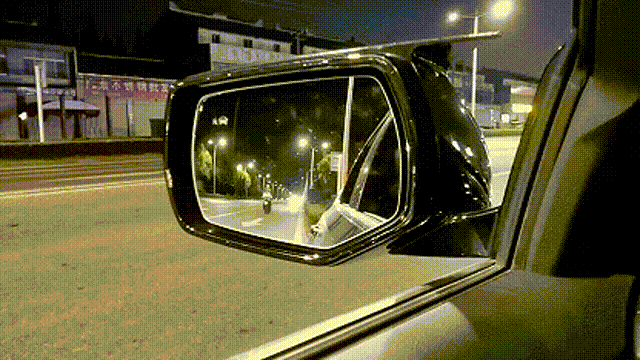
The Lane Departure Warning is another practical driving assistance function I believe is useful for daily commutes. Once the warning light is on, don’t easily steer the steering wheel.
Pain Point Scenario Three: Long-distance Travel
I believe that those who have undergone long-distance travel during holidays have a deep impression of driving for ten hours in a row, which strains the nerves. Long-distance travel is a big test of drivers’ energy, and long-term driving is prone to driver fatigue or lack of concentration, which may cause safety accidents.
In the face of long-distance travel, if the vehicle is equipped with an L2+ level ADAS, it can greatly enhance driving pleasure. There are many models on the market equipped with L2+ level ADAS, and their ADAS performance differs significantly.
Many car owners have said that they are more tired after using ADAS than when driving by themselves, and gave up after two tries. The appearance of this phenomenon is actually closely related to the ADAS system calibration and human-computer interaction design. As a practitioner in the automatic driving industry, in the process of using various ADAS systems, the system calibration and human-computer interaction that have the most impact on me is the latest Cadillac Super Cruise. Below, I will take the example of the new generation of Super Cruise, which is equipped in the Cadillac CT5 Platinum Super ADAS edition, to tell everyone what an excellent L2+ level ADAS system should have.
Multiple Extra ‘Eyes’ to Safeguard My Driving Journey
Car-mounted sensors are the basis for achieving various driving assistance functions. Therefore, an excellent L2+ level ADAS system should have sufficient and complete sensors to achieve 360° environmental perception so that it can achieve safer and more comfortable functions based on ensuring basic driving assistance capabilities.
The sensor configuration of Cadillac CT5 Platinum Super Cruise Edition is shown in the figure. It is equipped with 1 forward-facing camera for identifying obstacles and lane markings in front of the vehicle to achieve adaptive cruise control and lane keeping assist. It also has a long-range millimeter-wave radar for accurate measurement of the position and speed of obstacles in front of the vehicle for smoother acceleration and deceleration control at high speeds. Four surround-view cameras and 12 ultrasonic radars are used for displaying and measuring surrounding obstacles at low speeds.
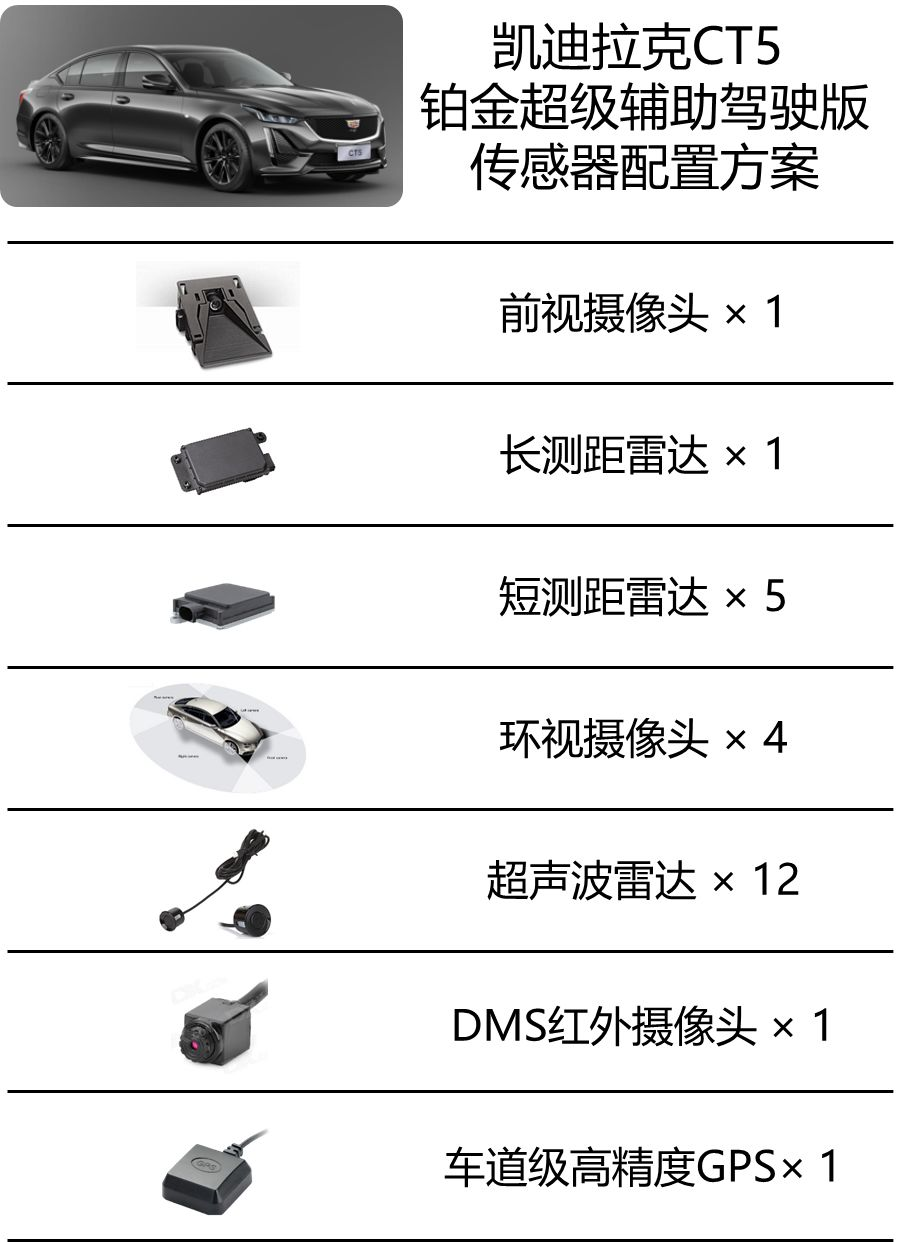
In addition to the “visible” sensors mentioned above, the new generation of SUPER CRUISE also features “invisible” sensors – high-precision maps. High-precision maps provide rich road elements for the advanced driver-assistance system, including lane positions, road edge positions, lane numbers, lane widths, road types, etc. Combined with the high-precision GPS information provided by the lane-level positioning, SUPER CRUISE can achieve super-vision road information perception regardless of the weather conditions. Therefore, even for complex scenarios such as forked roads and large curved roads at high speeds, SUPER CRUISE can handle them easily.
As one of the first domestic brands to apply high-precision maps to advanced driver-assistance systems, Cadillac has accumulated a wealth of experience in using high-precision maps. The super-vision road structure provided by high-precision maps, combined with the 360-degree perception capability provided by the above-mentioned perception hardware, provides the new generation of SUPER CRUISE with new features such as command lane change and automatic lane change assist.
If the driver wants to change lanes, he or she only needs to move the turn signal lever while SUPER CRUISE is active. The system will automatically judge the surrounding environment and perform command lane change under the premise of safety. In addition, SUPER CRUISE also observes the surrounding environment in real time. If it detects that the preceding vehicle is moving slowly or the number of lanes on the road is reduced, it will perform automatic lane change assist to improve the efficiency of long-distance driving.
The following animation shows the automatic lane change function triggered by the SUPER CRUISE system when I was using this feature. When I activated SUPER CRUISE on the viaduct, it combined lane level information and the speed of each lane to determine that I was driving in the slowest lane on the far right. It then proactively triggered automatic lane change assist and switched to the middle lane. The entire automatic lane change process was smooth in lateral control and comfortable in longitudinal control. Moreover, during the lane change process, the light strip above the instrument panel and steering wheel provided clear prompts to reflect the current intention of the vehicle.“`

Besides providing prompts for instruction and automatic lane change to the driver, the light strip can also provide status prompts to the driver when actively controlling the steering wheel. For example, when cruising, if I take over the steering wheel actively, the light strip will change from green to blue, indicating that I am currently in a takeover state; after I complete the lane change and release the steering wheel, SUPER CRUISE will judge whether it can resume cruising on its own. When it returns to the cruise state, the light strip will switch from blue to green. The whole interaction is very clear and indicates the driver’s confidence.

How to Drive with Peace of Mind?
L2+ level assisted driving also has a necessary ability, which is to judge and confirm whether the driver’s attention is concentrated and to control the vehicle at any time if necessary.
The commonly used industry practice is to use a torque-style steering wheel. After the driver turns on the assisted driving system, the steering wheel is turned lightly and regularly to provide torque to the steering wheel, allowing the assisted driving system to know that the driver’s hand is on the steering wheel. If the driver does not apply torque for a long time, the system will slow down and stop the car after several warnings, and exit the assisted driving. In fact, frequently having the driver turn the steering wheel lightly will distract the driver or make them fumble, leading to safety hazards. This is also a point that most car owners complain about.
The new generation SUPER CRUISE of Cadillac CT5 Platinum Superpro Assistive Driving Edition uses a smarter approach. It achieves the same-level unique “hands off” driving experience through DMS (Driver Monitoring System) and a capacitive steering wheel, which allows the driver to use the assisted driving more efficiently and intelligently.
“`Compared to the previous generation DMS system, the new generation SUPER CRUISE DMS system has undergone significant upgrades, with the addition of eye-tracking technology for more precise attention detection. Even in low-light conditions at night, the upgraded DMS system can analyze the driver’s head position and gaze direction to determine if the driver is focused on driving. With SUPER CRUISE activated, the driver only needs to lightly touch the steering wheel for safer and more relaxed long-distance travel.
During actual use, I found that even when wearing a mask the entire time, this brand new DMS system can still accurately identify my driving status, with minimal false alarms, thanks to the aforementioned eye-tracking technology. In addition, I also tried “hands-off” driving, and throughout the entire process, the light bar remained green and there was no warning on the dashboard to hold the steering wheel. Overall, this was much easier than relying solely on torque to judge the driver’s state in the environment, which is commonly found in the industry.
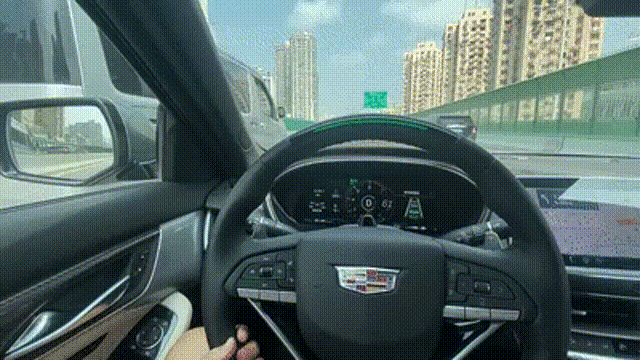
Conclusion
In addition to the three pain points mentioned in daily travel, such as “ghost head”, blind spot switching, and long-distance travel, there are many others, which are just a few examples. The driving assistance functions mentioned in this article can greatly reduce losses, even if triggered only once. Therefore, when choosing driving assistance configurations, consumers are encouraged to consider these practical driving assistance functions as much as possible, if budget allows.
This article is a translation by ChatGPT of a Chinese report from 42HOW. If you have any questions about it, please email bd@42how.com.
